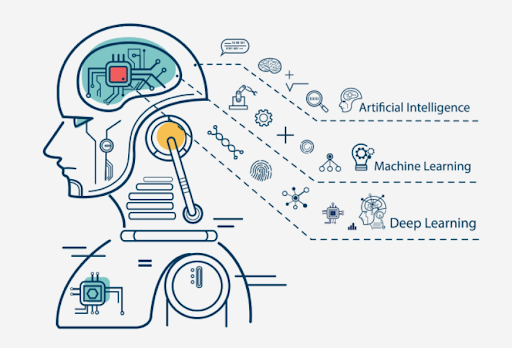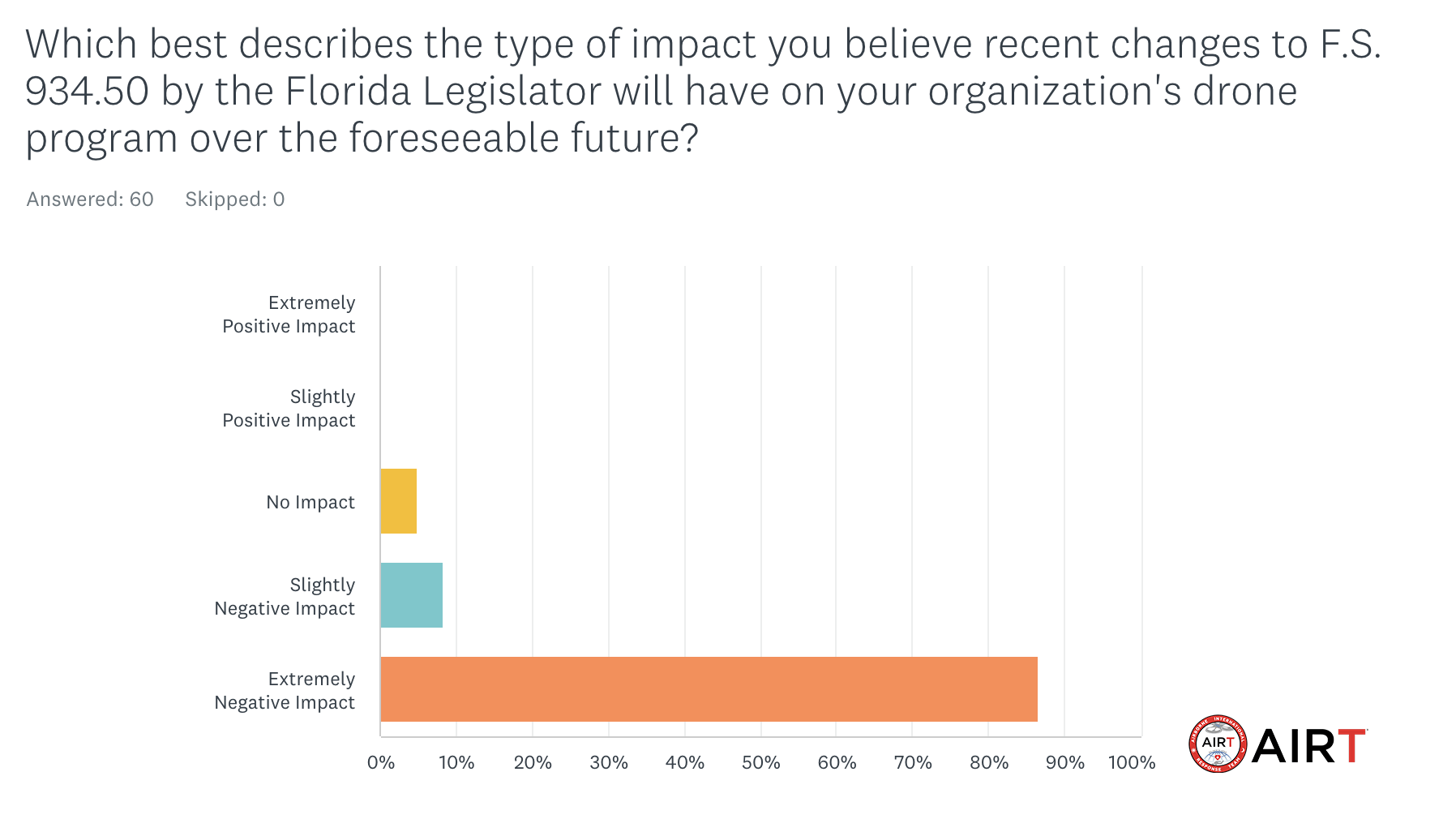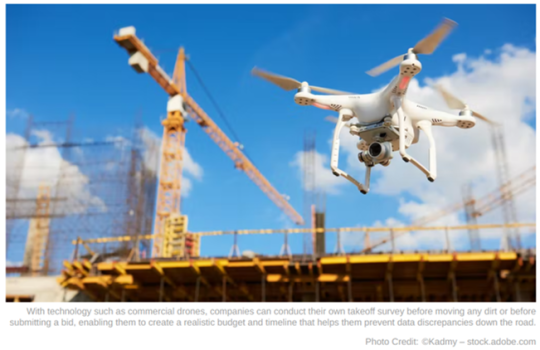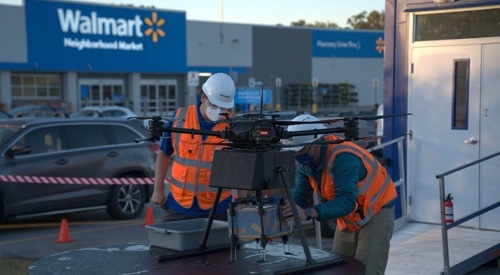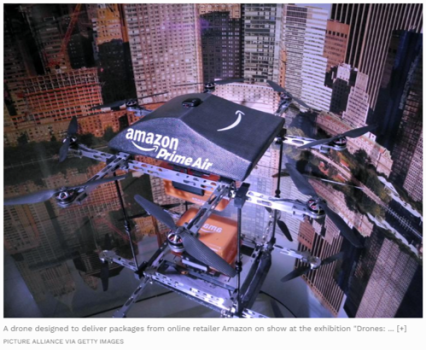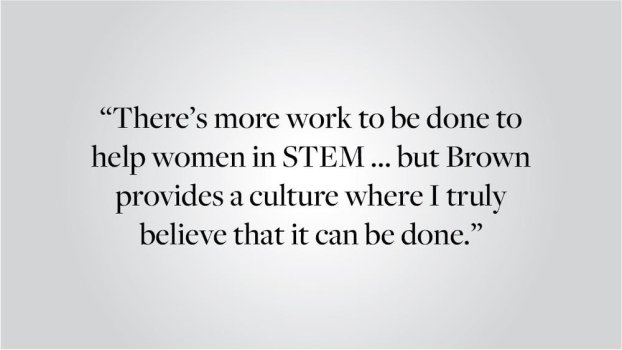Data Governance is a Journey
- Technology Solutions
- 0 Replies
As we have all experienced, times are changing, and a “new norm” is developing. With these changes has come the realization that companies are required to know where their data is and how it is used. And subsequently, the realization that very little at all is known about data within an organization. In fact, according to PWC, only .05% of data is known and used by corporations. This unknown data holds a wealth of information about an organization’s processes, business models, security, privacy, and human dynamics.
When data is understood, it opens the door to a completely new world. Hence, we now have companies embracing the idea of data management and governance.
Data management and governance is a journey. This journey will have twists, turns, wrong turns, flat tires, and roadblocks to be overcome along the way. The task of managing large amounts of data is daunting. This is especially true for financial institutions, who own the additional task of managing highly sensitive customer data, such as banking information, PIN numbers, etc. The key is to break it down into small steps and celebrate the accomplishments along the way. The strategic plan each company develops for data management and governance will continue to grow and expand as new regulations, risks, and knowledge are introduced into the environment.
Building a Foundation
Financial organizations implementing a data governance plan should always keep the big picture in sight to ensure that each step is meaningful to the organization. If a step doesn’t deliver value, organizations must revisit and revise that step, and possibly the plan, to incorporate value. To achieve data management and governance success, financial enterprises should build core foundational pillars to support the ever evolving challenges. This foundation includes:
Once the foundation for a data governance initiative has been established, financial institutions should aim to ensure each step in the process is meaningful to the organization and delivers real business value. Here are a few points you will likely want to keep in mind:
Continue reading: https://www.paymentsjournal.com/data-governance-is-a-journey/
When data is understood, it opens the door to a completely new world. Hence, we now have companies embracing the idea of data management and governance.
Data management and governance is a journey. This journey will have twists, turns, wrong turns, flat tires, and roadblocks to be overcome along the way. The task of managing large amounts of data is daunting. This is especially true for financial institutions, who own the additional task of managing highly sensitive customer data, such as banking information, PIN numbers, etc. The key is to break it down into small steps and celebrate the accomplishments along the way. The strategic plan each company develops for data management and governance will continue to grow and expand as new regulations, risks, and knowledge are introduced into the environment.
Building a Foundation
Financial organizations implementing a data governance plan should always keep the big picture in sight to ensure that each step is meaningful to the organization. If a step doesn’t deliver value, organizations must revisit and revise that step, and possibly the plan, to incorporate value. To achieve data management and governance success, financial enterprises should build core foundational pillars to support the ever evolving challenges. This foundation includes:
- Getting Buy-In: Information governance committees are growing in popularity, in part because they serve to garner a wide range of expertise while uniting departments from around the organization towards a common goal. A critical part of the plan should be offering education company-wide, including senior leadership, to inspire collaboration and buy-in.
- Understanding What and Where Your Data Is: Dark data can lead to blind spots in the organization, including unidentified risks. This is why companies are now focusing on “people data” such as electronic messages and files to better understand the human side of the enterprise.
- Prioritizing Goals: Set goals along the way that align with higher level strategic initiatives. For example, an early-stage goal may be to gather insight and clean up high-risk data repositories, while implementing more mature governance and privacy policies across all of the unstructured data may be a benchmark that takes longer.
Once the foundation for a data governance initiative has been established, financial institutions should aim to ensure each step in the process is meaningful to the organization and delivers real business value. Here are a few points you will likely want to keep in mind:
- Think Privacy First: Privacy developments and new regulations often lie at the heart of today’s information governance initiatives. Therefore, a vision for how personal data will be managed should be one of the early topics that is discussed. This is an issue that is much trickier than it seems, nor can it be solved by any single stakeholder—it requires an orchestra.
- Manage in Place: Where possible, avoid copies. Multiple copies of your data increase your costs and risks and your ability to ever achieve a truly managed and governed environment. The use of emerging technology allows businesses to manage the majority of data without creating copies, while archiving can be reserved for high-value data (and data that is required to be retained for compliance purposes)
- Search + Insight are Key: An architecture that enables the capability to search and cull data to gather insight is a critical pillar to all governance functions, including eDiscovery, compliance, privacy, and now, “people analytics.”
Continue reading: https://www.paymentsjournal.com/data-governance-is-a-journey/








